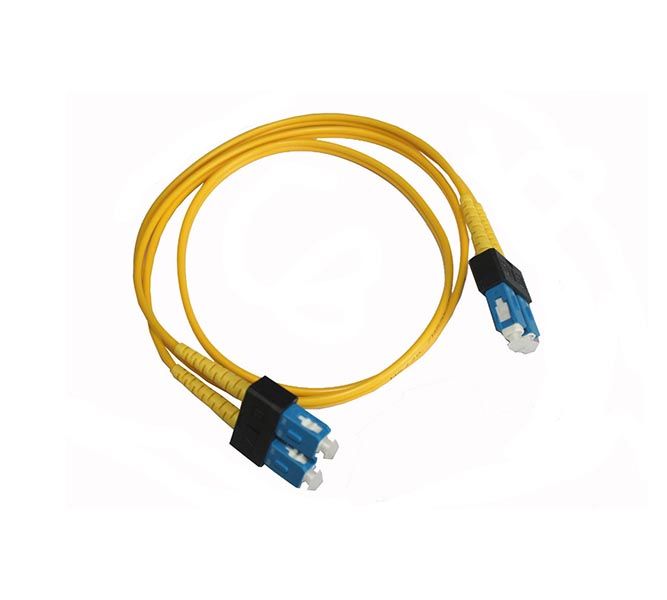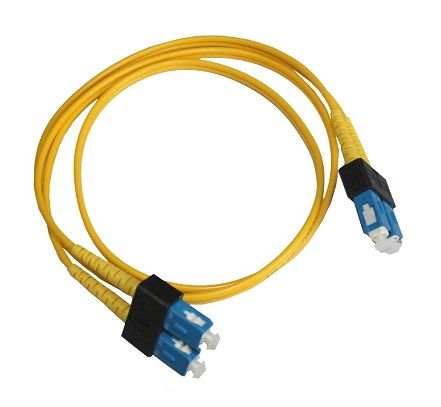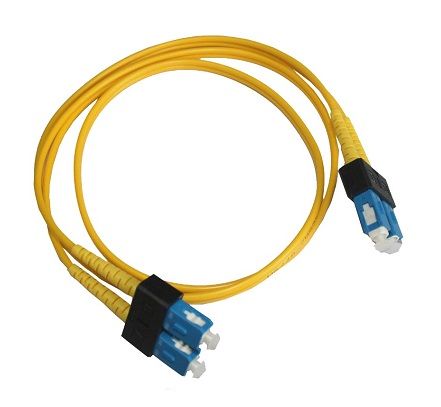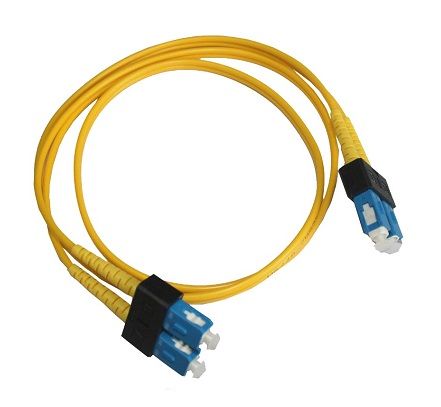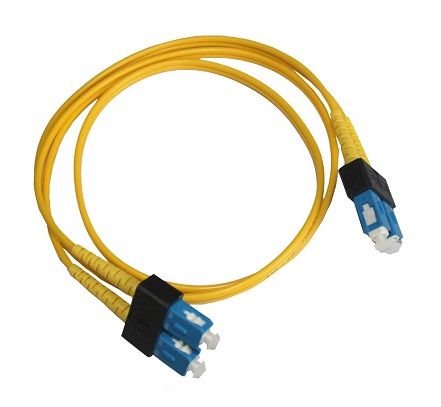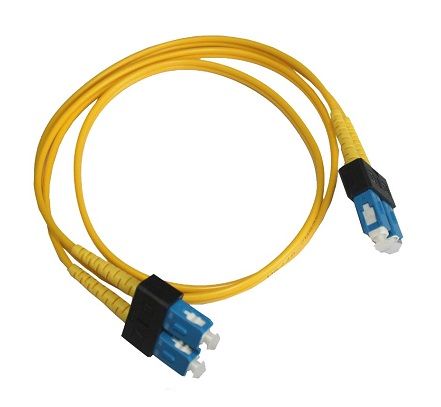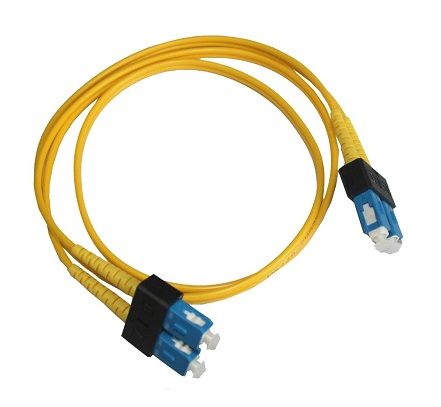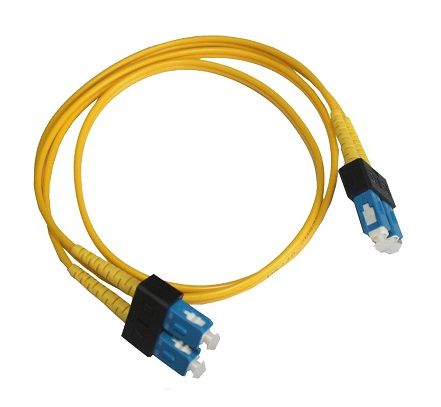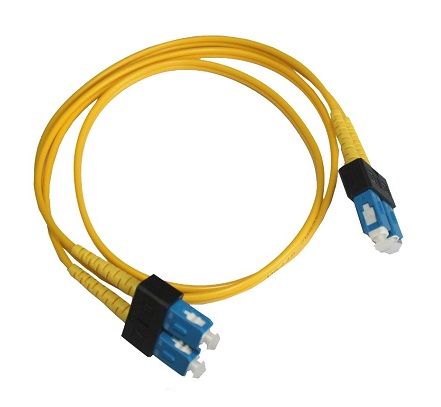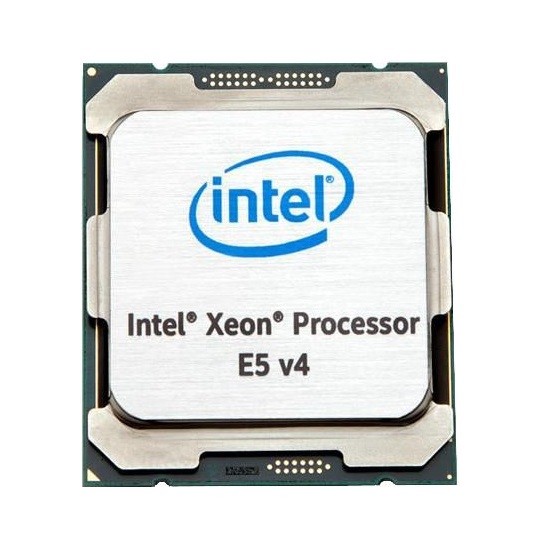CPUs and Processors
Welcome to our online store, where we offer a wide range of CPUs and processors for your computing needs. Whether you're building a new computer or upgrading your existing system, we have the right CPU or processor for you.
CPUs (Central Processing Units) and processors are the most important component of a computer system. They are responsible for executing all the commands and processing data. A good CPU or processor can make a significant difference in the performance of your computer, making it faster and more responsive.
Benefits:
High performance:A good CPU or processor can significantly improve the performance of your computer, making it faster and more responsive.
CPUs (Central Processing Units) and processors are the most important component of a computer system. They are responsible for executing all the commands and processing data. A good CPU or processor can make a significant difference in the performance of your computer, making it faster and more responsive.
Fiber optic cables are a type of high-speed data transmission cable that uses light to transmit data over long distances. Unlike traditional copper cables, which use electrical signals to transmit data, fiber optic cables use tiny strands of glass or plastic to transmit light signals. These cables are commonly used in telecommunications, computer networking, and broadcast applications where high-speed data transfer is required over long distances. This is the central part of the cable that carries the light signal. This is a layer of material that surrounds the core and helps to reflect the light back into the core to prevent signal loss. This is a protective layer that surrounds the cladding and helps to protect the cable from damage. This type of cable has a small core and is designed to transmit a single beam of light, making it ideal for long-distance transmission. This type of cable has a larger core and is designed to transmit multiple beams of light simultaneously, making it ideal for short-distance transmission. This type of cable is made from plastic and is often used in applications where cost is a primary concern, such as in automotive and home networking applications. Fiber optic cables can transmit data at speeds up to 100 Gbps, compared to copper cables which can transmit data at speeds up to 10 Gbps. Fiber optic cables can transmit data over distances up to 100 km, compared to copper cables which are limited to distances of up to 100 meters. Fiber optic cables are immune to electromagnetic interference, making them ideal for use in high-EMI environments such as industrial and military applications. Fiber optic cables have a higher bandwidth capacity than copper cables, allowing them to transmit more data over a single cable. In conclusion, fiber optic cables are a reliable, high-speed data transmission technology that is widely used in telecommunications, computer networking, and broadcast applications. With different types and components to choose from, it's important to select the right fiber optic cable for your needs and ensure that it's properly installed and maintained over time. Regular cleaning and proper handling can help to ensure that your fiber optic cable remains reliable and efficient, and that your data transmission is secure and fast.Fiber Optic Cables
Fiber optic cables are made up of several components, including:
Core:
Cladding:
Coating:
There are several types of fiber optic cables, including:
Single-mode fiber:
Multimode fiber:
Plastic optical fiber:
Fiber optic cables offer several benefits over traditional copper cables, including:
Faster data transfer speeds:
Longer transmission distances:
Resistance to electromagnetic interference:
Higher bandwidth:
